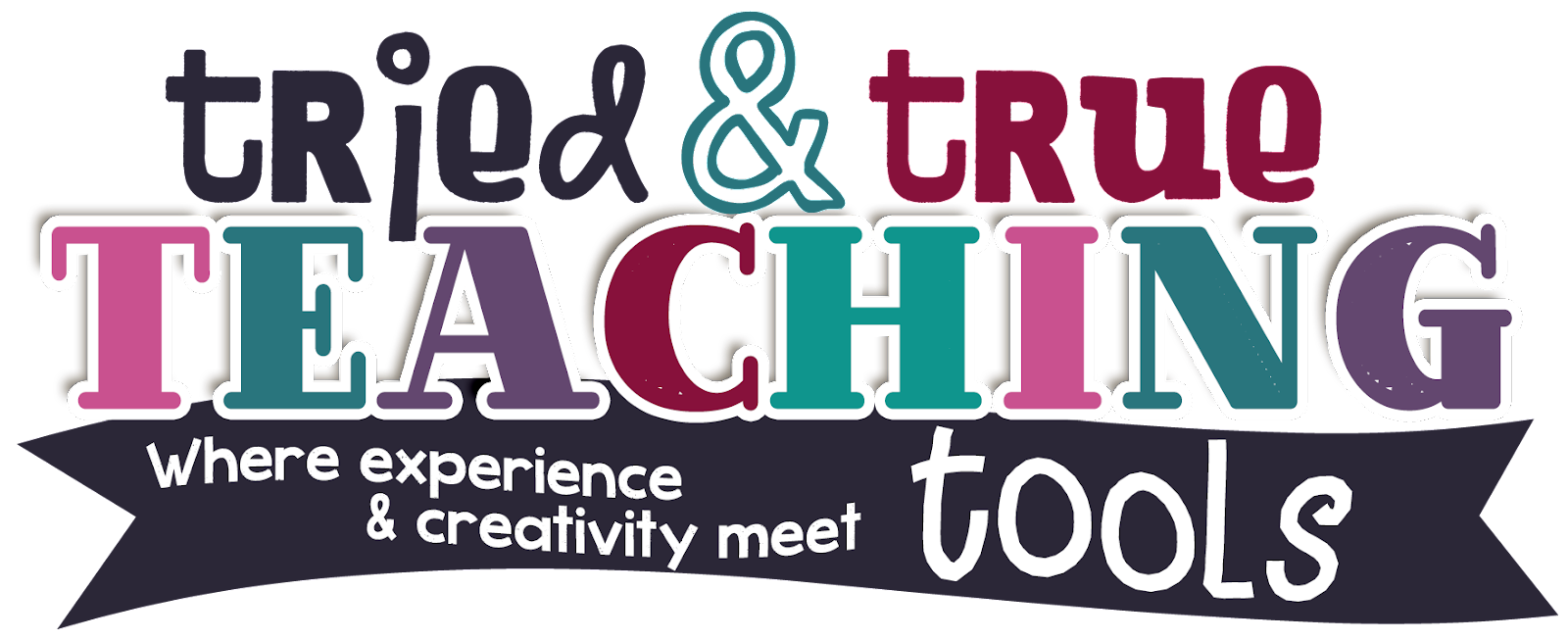I used to spend hours giving thoughtful, detailed feedback on my students’ rough drafts—only to have them turn in final drafts that looked exactly the same. Not one suggestion used. Not one correction applied. It was as if my comments vanished into thin air!
Peer revision groups are one of the most effective ways to help students grow as writers—but they do require lots of modeling up front. Before any explicit instruction, most students fall back on the same familiar lines: “It’s good. I liked it.” or “You should add more detail.” As helpful as these comments sound, they don’t actually support revision—and they’re definitely the typical go-to phrases of fourth graders!
Throughout the writing process, students meet with partners or in triads to share ideas, drafts, and revisions. Before we even begin, we practice discussion skills: sitting knee to knee, making eye contact, leaning in to listen, and using body language to acknowledge the writer. These small routines make a huge difference in the quality of conversations.
To build understanding, I often start by modeling what not to do. Silly, exaggerated examples of vague feedback help students quickly recognize how unhelpful those generic comments really are. Once students feel that frustration, they’re ready to learn how to turn weak feedback into meaningful, revision-focused suggestions—and they catch on quickly.
We also watch the video, Austin’s Butterfly. This video is a perfect example of how powerful models, peer critique, and clear descriptive feedback can be. First grade and fourth grade students learn how to help Austin revise his scientific butterfly drawing through several drafts—each one getting stronger— by giving specific suggestions, until he finally creates a truly high-quality illustration.
At first, students are terrified to “say something mean.” We discuss and model what helpful feedback sounds like—and why “It was good” doesn’t actually help a writer improve.
Next, the class works together to brainstorm: What do good writers actually do? A criteria chart is created from students’ ideas, giving them concrete traits to listen and look for as they read one another’s writing. When students feel ownership—because they developed the benchmarks for strong writing—the process becomes far more authentic.
After the criteria chart is established, a CCSS-aligned rubric for the specific writing genre is introduced. Not surprisingly, it usually mirrors what the class already identified, but now they have buy-in. Clear expectations not only guide students during drafting but also give peer reviewers the specific language they need to offer thoughtful, constructive comments during revision.
Peer Revision Groups: Step-by-Step
Once rough drafts are ready, we shift into more structured revision groups.
- Form groups of 4–5 students. I aim for a mix of strengths: one advanced writer, one struggling writer, and a few proficient writers.
- Give each group a folder of numbered essays. No group ever evaluates its own essays—this keeps things fair and low-stress.
- Review the scoring rubric together.Each folder also contains a printed rubric for easy reference.
- Each student selects an essay to read. We talk a lot about giving feedback based on the rubric—not handwriting, not spelling! Using the rubric, they score the writing (1–4) and add one specific compliment and any questions or helpful suggestions
- After the first read, essays are passed to a second reader for an additional score and feedback.
- Compare scores. If both readers agree, the score stands. If there’s a big difference (like a 2 vs. a 4), the whole group rereads and discusses the piece. Using the rubric language, they explain why they scored it the way they did and come to a consensus.
- Staple comment sheets to the essay and return them to the folder.
Before handing anything back to students, I quickly review all score sheets. The fact that I’ll see their comments adds a natural layer of accountability.
As they become more comfortable using the language of the rubric, student comments shift from vague praise to more meaningful, criteria-based suggestions. Their writing improves, their confidence grows, and—best of all—I’m no longer spending hours writing feedback that goes unread.
If you’d like CCSS-aligned writing rubrics and peer feedback forms to help you launch peer revision groups in your own classroom, click HERE or on the image below.
Click below to read about more terrific teaching ideas!








No comments
Post a Comment